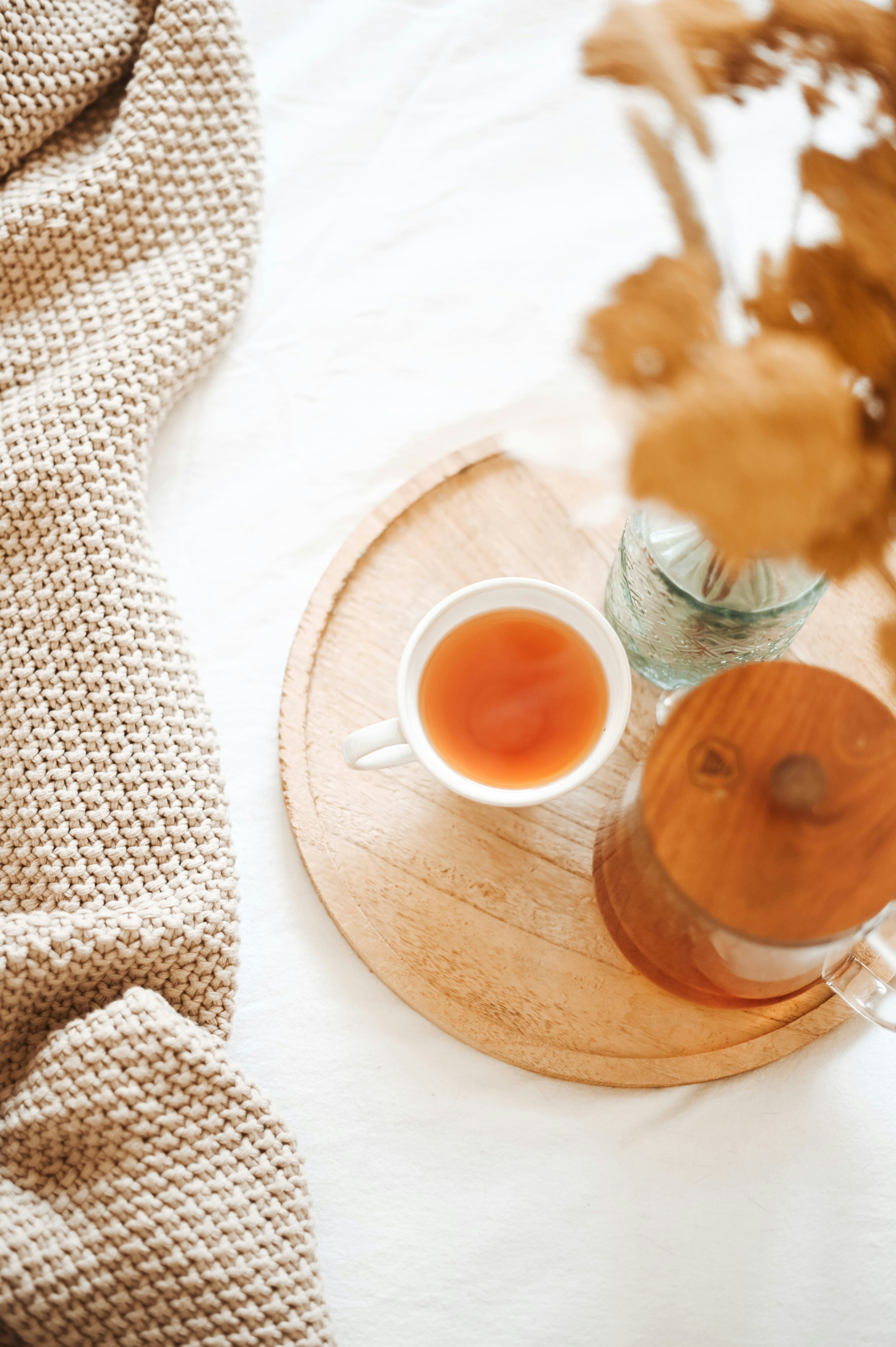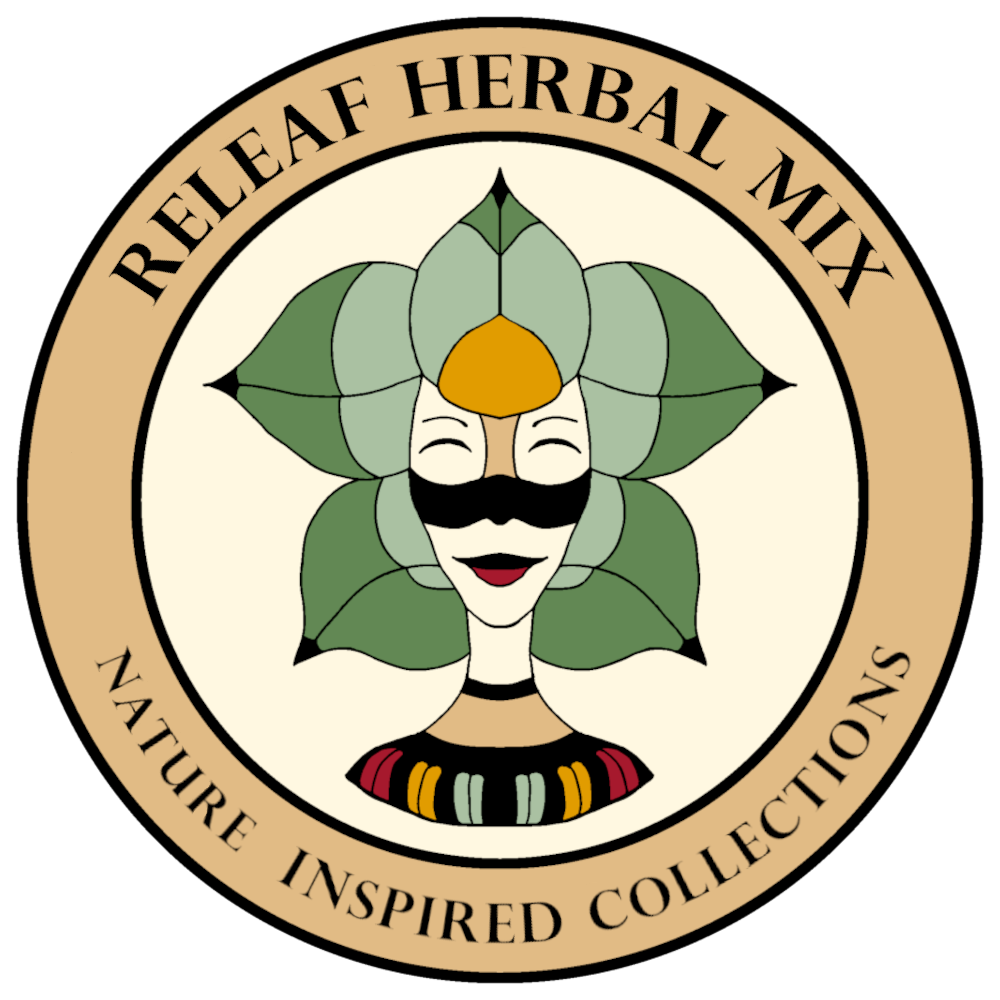About Us
Releaf Herbal Mix officially launched in December 2024 as a small, independent business. As owner and creator, I pour my heart and soul into every bag of herbal mix that goes out the door.
What started as a dream to build something for myself is now a place where my love for herbs and connection comes together.
As we grow as a company, we remain committed to sustainability and constantly seek ways to minimize our impact on the planet by making conscious choices in selecting our products, such as our ingredients, packaging, and European suppliers.
Do you have questions or want to learn more about our products? Scroll down to learn about our ingredients, check out our FAQ page , or visit our blog .
Can't find the information you're looking for? Contact us here!


